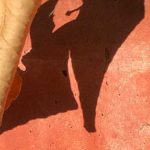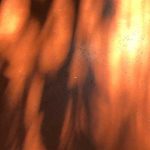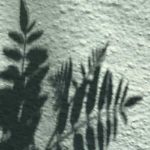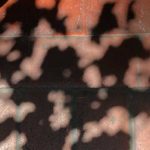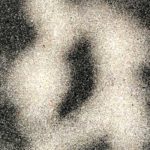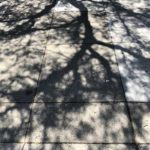By Brenda Proudfoot
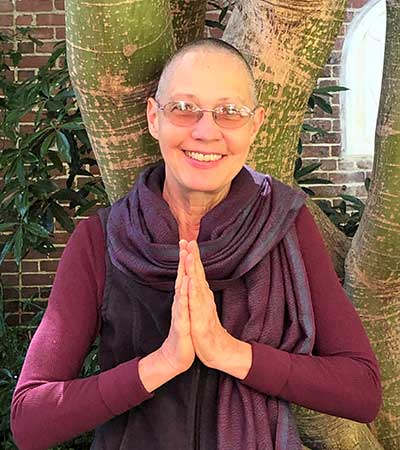 The day we learned we would no longer practice zazen together in the zendo but instead would each practice in our individual rooms using Zoom, the tears came. My heart broke a little that day. Practicing zazen in the beautiful zendo here was central to my decision to come to San Francisco Zen Center.
The day we learned we would no longer practice zazen together in the zendo but instead would each practice in our individual rooms using Zoom, the tears came. My heart broke a little that day. Practicing zazen in the beautiful zendo here was central to my decision to come to San Francisco Zen Center.
I love the morning noble silence residents keep as they enter the zendo and find their seats. I love walking to the Buddha Hall for service and the forms for entering and leaving the tatami. I had just begun to learn the role of kokyo and other doan ryo roles. Suddenly, it all changed and I grieved that change deeply. I suddenly understood in a new way how very precious these aspects of ceremonial life are to me.
Several weeks into the new ways of living here, I began performing service in my room. Zoom zazen and service in my room is not what I would wish for. It is not the same. It has, however, begun to take on its own beauty, a beauty different from the beauty of service in the Buddha Hall with the community. It is not a replacement but it is a way of sustaining my practice through the pandemic practice period, a practice period with no definite end.
During our first month of pandemic practice, Mary Stares, the City Center Tanto, suggested a photographic scavenger hunt for the Work Practice Apprentice group and gave us a list of things to photograph when we went out on walks. I got stuck on one kind of photograph – shadows – and never went on to the others. Photographing shadows has been a portal to a whole new world of seeing.
One might wake up, see the sun shining, and think, “oh, what a pretty day.” Recently when I wake up and see the sun shining, I think,”oh, a good day for shadows.”
It can be a little tricky to photograph shadows. One has to figure out how to get out of the way so that one’s own shadow is not in the way of shadow image one is trying to photograph. My own shadow could become part of the larger photograph but I have been more interested in shadows of other things. I have requested my shadow to stay out of it.
Shadows change constantly. One moment it is there, the next it may not be, or it may have moved, or changed in intensity and form, as the source of light changes. In my search for shadows to photograph, I see differently. I notice things I never might have seen while walking the same street or living in the same building.
I am intrigued, like a good Buddhist student, by form and emptiness. Shadows seem to be form but they are not. They are light that has been blocked by form. When the light goes away, they cease to exist. They are empty. They move in the wind. They change depending on the surface behind them.
Experientially, photographing—and therefore noticing and thinking about shadows—opens me to change with a lighter spirit. Sheltering in place is not an easy time. It is uncertain. It can feel isolating to live in a community while keeping social distance. Eating in silence during meals in the dining room and wearing a mask all the time is hard. Seeing each other and practicing together through Zoom helps ease the isolation but continues to be strange. Emotions of grief, sadness, resistance and fear can surface unexpectedly along with moments of laughter and delight in something someone does or says.
As so many of our teachers have articulated in so many different ways, this is the practice. I can think of no better place to be during this pandemic than San Francisco Zen Center.
About the Author: Brenda Proudfoot joined the City Center residential community in December 2019 as a Work Practice Apprentice. Prior to coming to San Francisco Zen Center, she spent three years as a resident and retreat manager at Tara Mandala, a Tibetan center in Colorado. Brenda was the founder and owner of Valley Yoga, a yoga studio in central California, for sixteen years. During that time, her way-seeking mind set her on the Buddhist path. She has had a daily meditation practice for twenty years.




